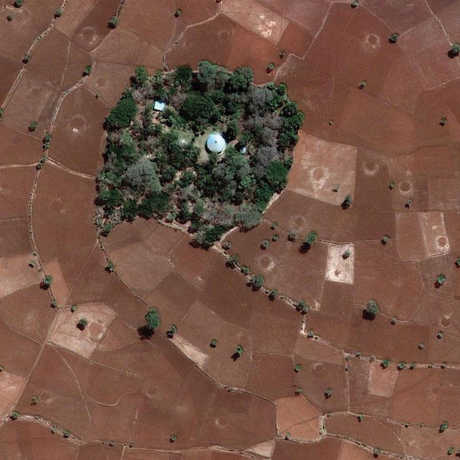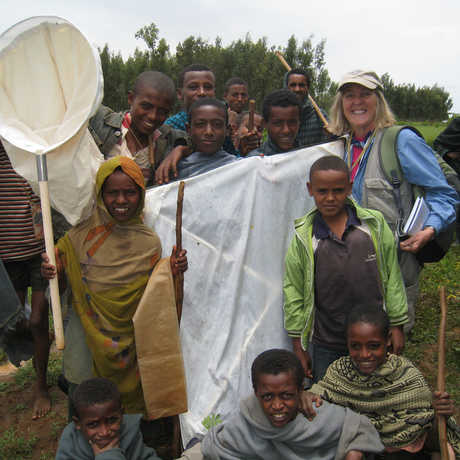The vast desertscapes of northern Ethiopia mask what was once a heavily forested area, teeming with biodiversity. As in so many developing countries, much of Ethiopia’s natural landscape has been cleared for agriculture, and for harvesting timber and firewood. Less than five percent of the region’s native forests still stand, and what is left is under constant threat.
Fortunately for this East African nation, a few patches of vibrant green remain. Since 2009, biologist Meg Lowman has partnered with Ethiopians to help protect these priceless—and critically endangered—“church forests” that dot the landscape around hundreds of the nation’s churches.
Protected as sacred sanctuaries and packed with native flora and fauna, some church forests are over 15 hundred years old. Their presence is a direct result of the Orthodox Church’s mission to retain a green necklace around the place of worship.
“As populations expand and resources dwindle,” says Lowman, “these forests—ranging in size from five acres to more than 1,000—have become the centerpieces of the struggle to conserve what remains of northern Ethiopia’s biodiversity.”



